I rode Amtrak up and down the Northeast Corridor during the pandemic and found it surprisingly clean, cheap, and stress-free - here's what it was like
Thomas Pallini

- Amtrak has been muddling through the pandemic with reduced ridership but is still full steam ahead of health and safety protocols.
- Face masks are required and capacity is blocked at 50% on all trains, and Amtrak now tells riders how full their train currently is during booking.
- I rode on Amtrak's Northeast Regional and Acela services to see how the rail company is tackling the pandemic.
Although a life-long flyer, I've always enjoyed the occasional train trip.
Traveling by rail long has been overlooked by the public, including myself, as airlines have been able to provide faster, and often cheaper service. But Amtrak's new health and safety protocols should have travelers giving it a second chance for regional travel, at least during the pandemic.
Face masks are required onboard all trains and Amtrak has kept its loads consistently capped at 50% by blocking all adjacent seats even while some airlines have buckled on their commitments to block middle seats. Travelers can even see how full their trains are by checking Amtrak's website so they know exactly what to expect when stepping aboard.
And that's even while keeping its fares pretty low on its most popular routes. The 3-hour hop from New York to Washington still starts at $29 on the Northeast Regional while the slightly longer journey from Boston to New York is often the same price, with all the nostalgia of inter-city train travel included.
On a weekday recent trip to Boston, I took Amtrak to and from New York's Pennsylvania Station. I started on the Northeast Regional and returned on the high-speed Acela to get adequately acquainted with the service.
Here's what it's like riding on Amtrak during the pandemic.
My journey started in the heart of Amtrak's Northeast Corridor at New York's Pennsylvania Station underneath Madison Square Garden.
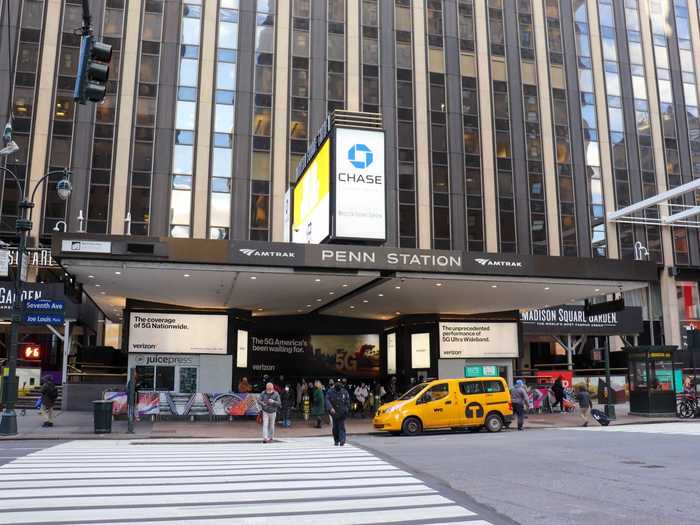
It's definitely not as grand as Washington, DC's Union Station, Los Angeles' Union Station, or even Chicago's Union Station, but is still more convenient than heading to anyone of my local airports.
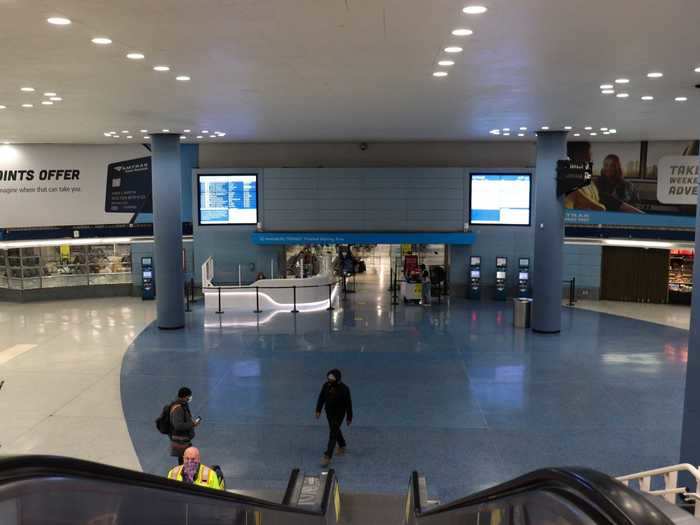
Surprisingly, it was quite empty on the Wednesday morning of my visit, which echoed on my train.
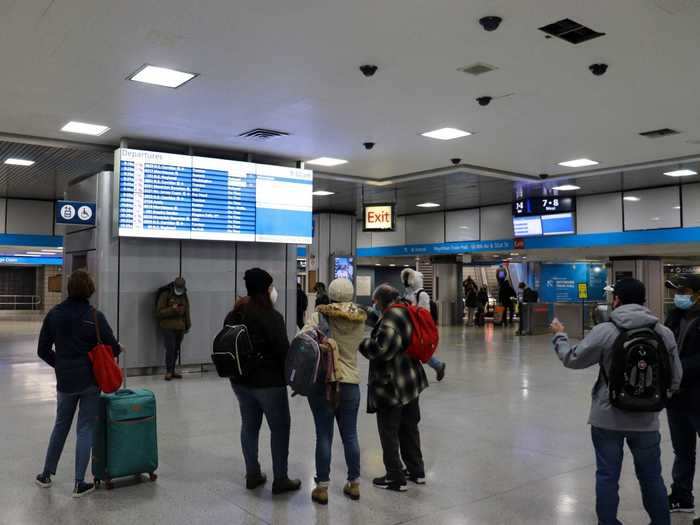
One of the perks of traveling by train is being able to arrive mere minutes before your train's departure and still having time to spare. My Northeast Regional train was scheduled to depart at 9:35 a.m. and I arrived just 10 minutes prior to departure thanks to a delay on my inbound commuter train.
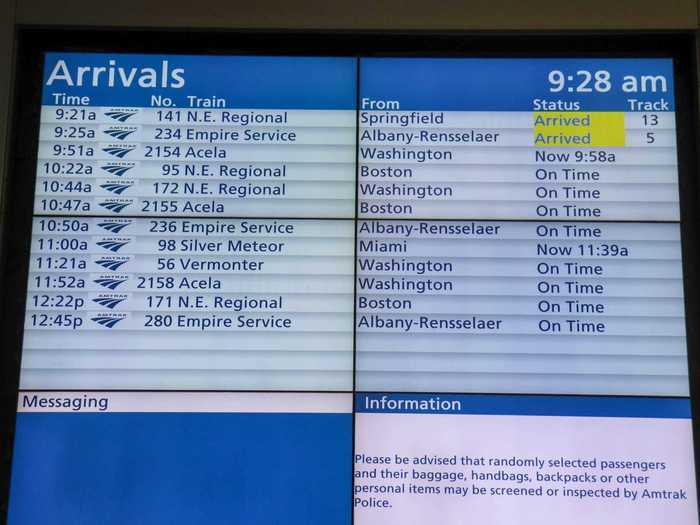
I quickly got my ticket from one of the self-serve kiosks. Amtrak also has a mobile app from where the conductor can scan a ticket, similar to a mobile boarding pass when flying, if travelers prefer not to use the machines.
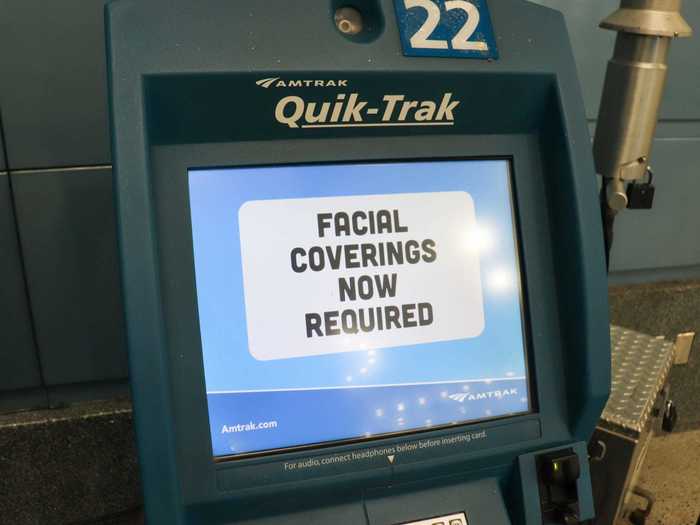
Ticket in hand, I stopped by the Amtrak waiting area available only to Amtrak and NJ Transit riders.
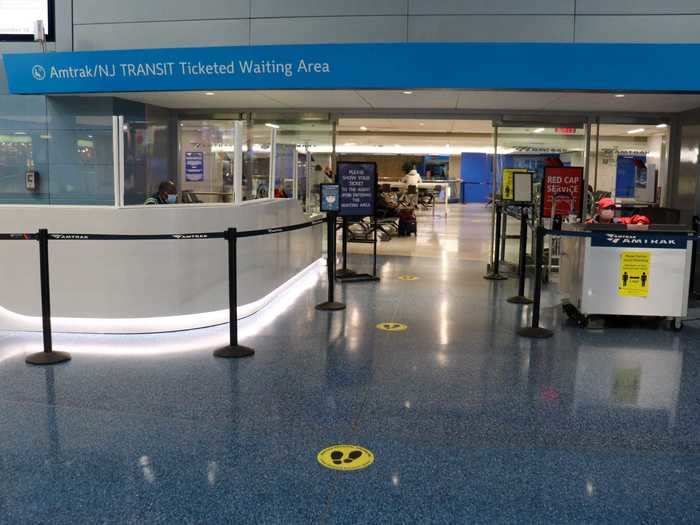
Social distancing placards lead the way into the area compounded by signage reminding visitors to social distance and of Amtrak's face-covering policy.
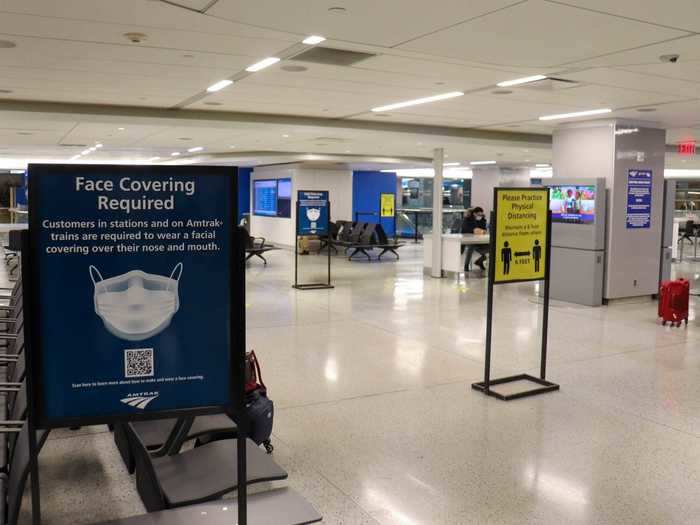
Seats weren't blocked, as I've seen in airport waiting areas, but the space wasn't nearly crowded enough for concern.
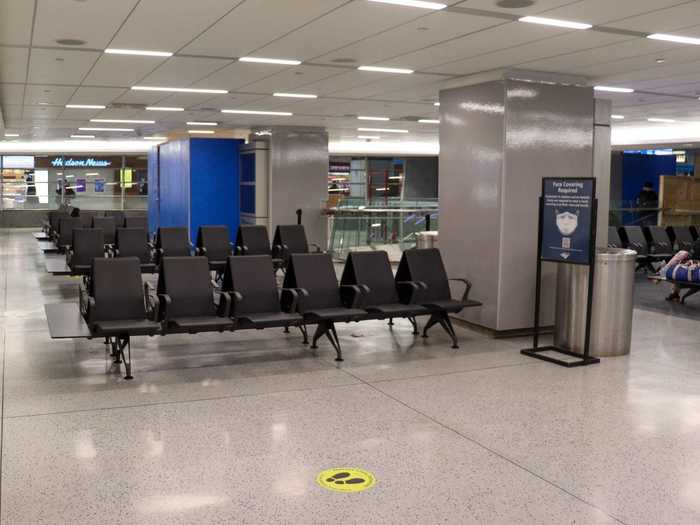
The station is open to the public but this waiting area is only open to Amtrak and NJ Transit passengers, making it the ideal place to wait before the journey away from the general population.
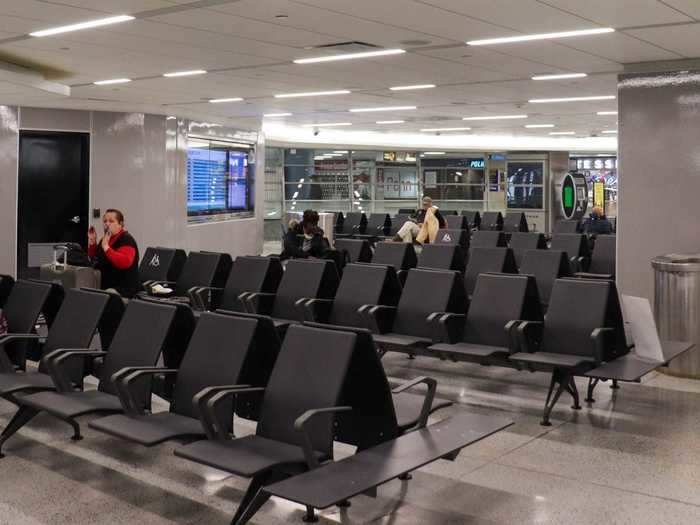
Soon enough, it was time to board the 9:35 a.m. Northeast Regional to Newark Liberty International Airport where I'd catch a flight to Boston. It sounds counterintuitive but I had an important flight to catch.
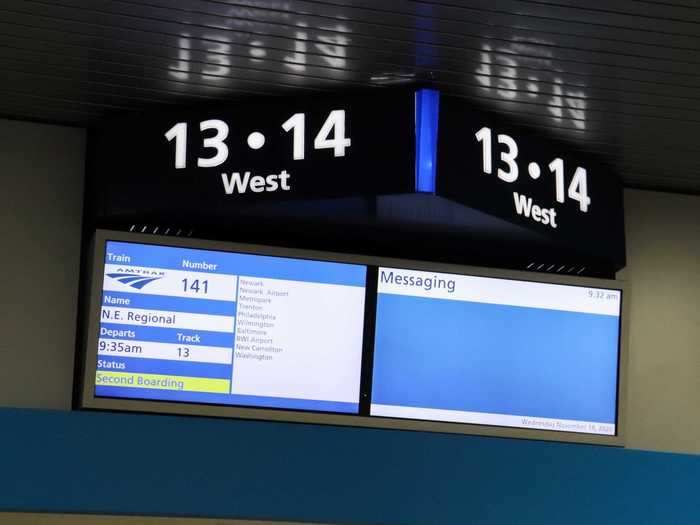
Just like with the waiting area, social distancing placards created a path to the platform.
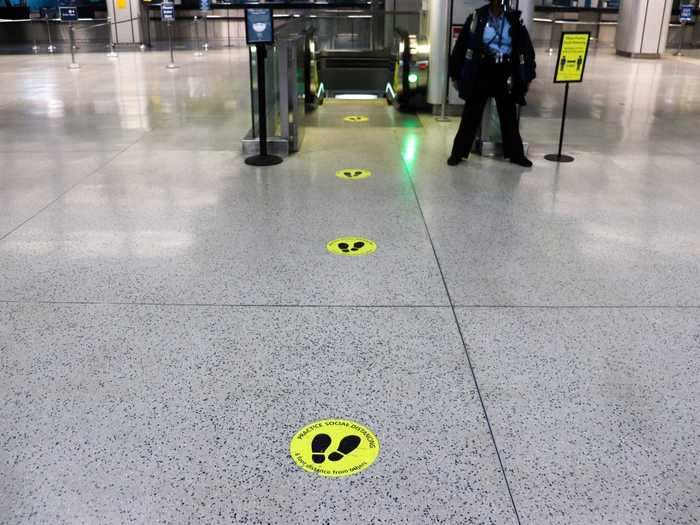
A quick ticket check and I was on my way to the train with no invasive security checks or unnecessary waiting. Train travel was already beating airplane travel.
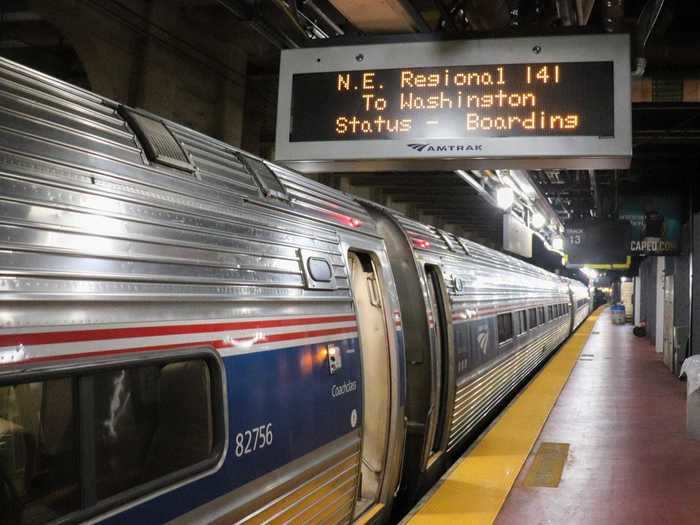
I was riding in coach for the 24-minute journey to Newark, having paid $24 for the trip. It's more expensive than taking NJ Transit but the seat-blocking guarantee appealed more than riding on another commuter train.
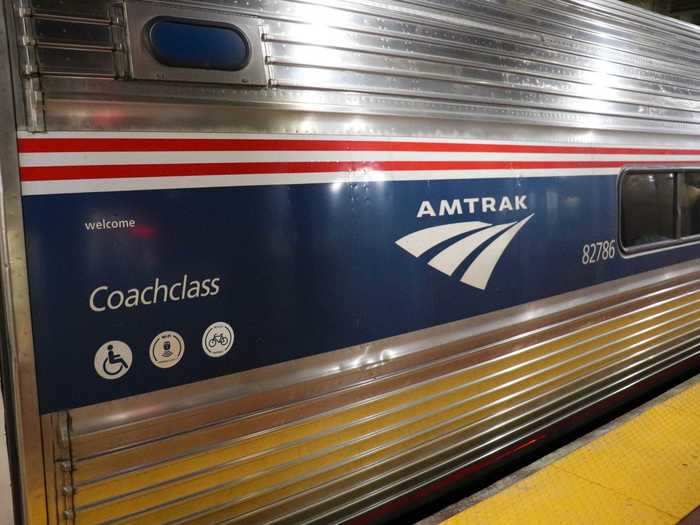
The train was less than half full and finding a seat in the car was quite easy. Amtrak's website showed this train was 20% full when I checked the night before the journey.
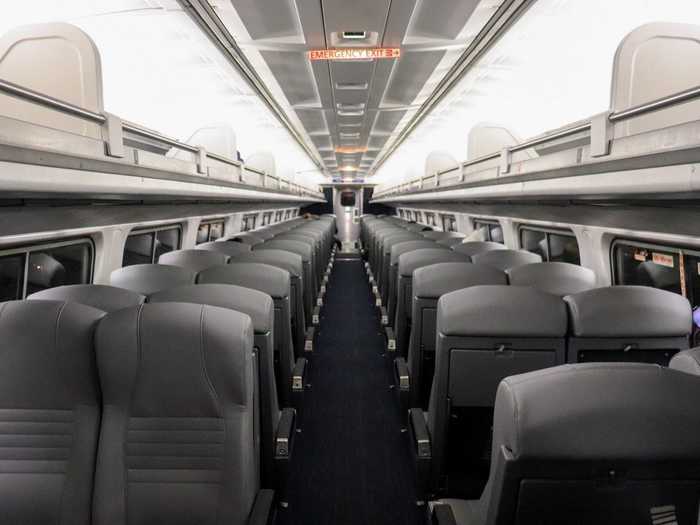
I sat in the first pair I found, with these large gray leather seats becoming my home for the next 24 minutes.
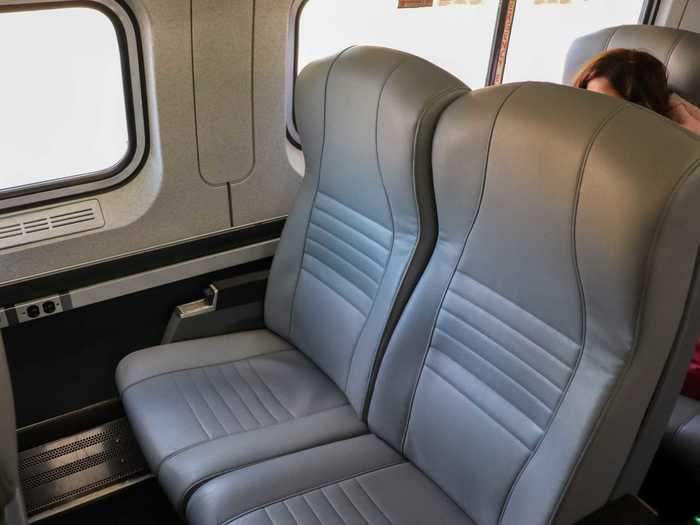
The seats were comfortable, the legroom was more than adequate, and with every adjacent seat blocked for social distancing, I didn't have to worry about getting a neighbor.
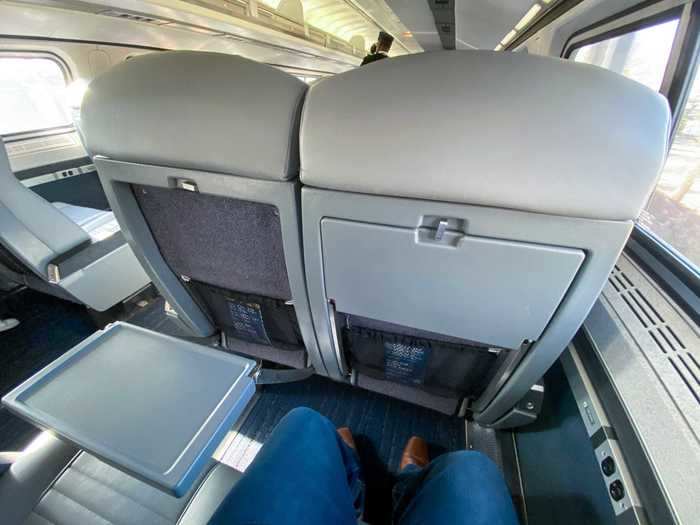
Each pair also comes equipped with two 120v AC power outlets, ideal for working on a laptop during the longer rides or charging a phone.
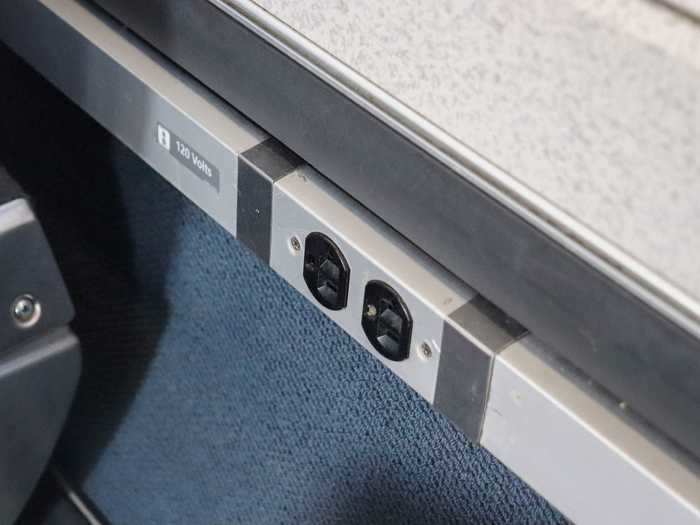
As soon as we got out of the tunnel into New Jersey, the nostalgia of train travel was all around. I suddenly wished I was taking the train all the way to Boston instead of just to the airport.
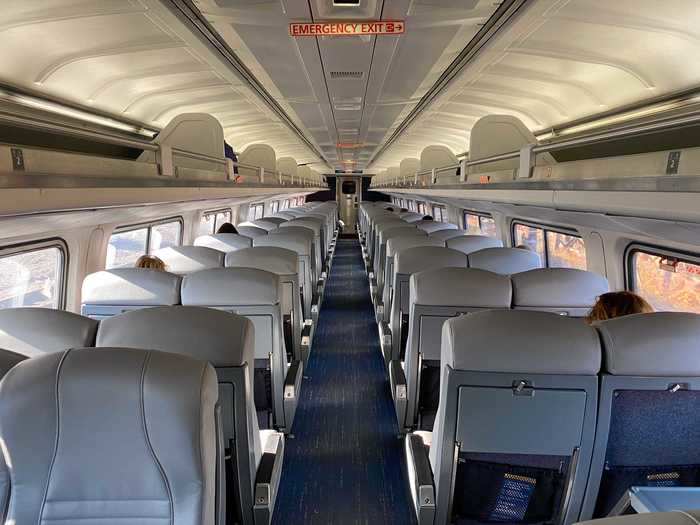
The car was clean and quiet, offering a truly relaxing and stress-free environment.
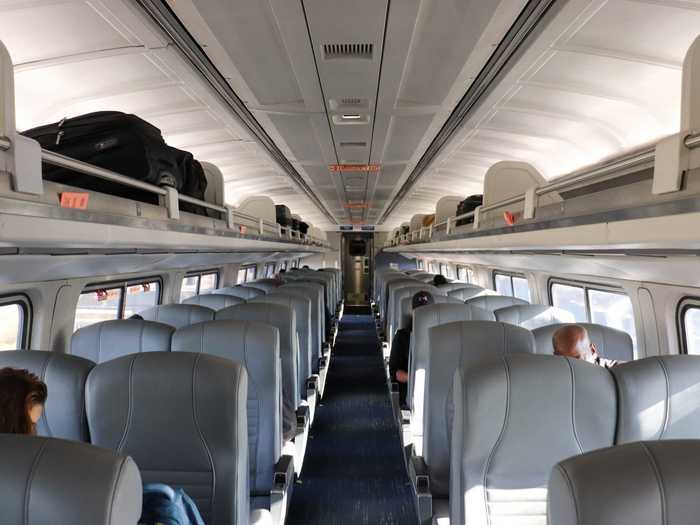
These placards were spread throughout the train, furthering the social distancing messaging, and masks were required at all times.
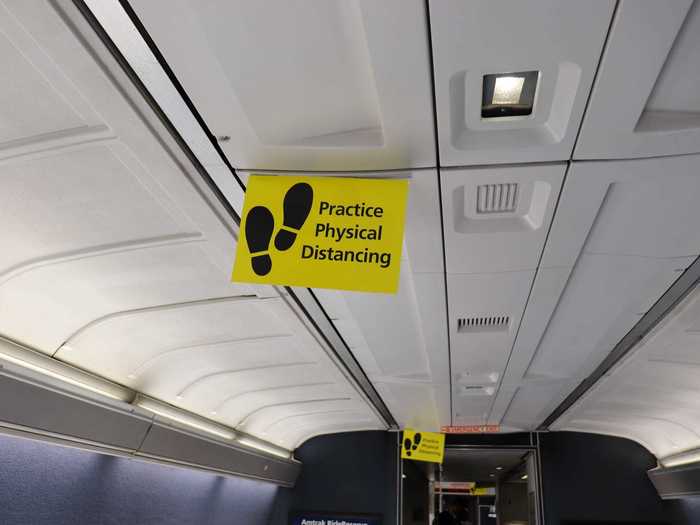
Moving between the cars, I noticed that the doors already had foot releases so that passengers didn't have to touch the button with their hands. That nifty functionality certainly comes in handy during the pandemic.
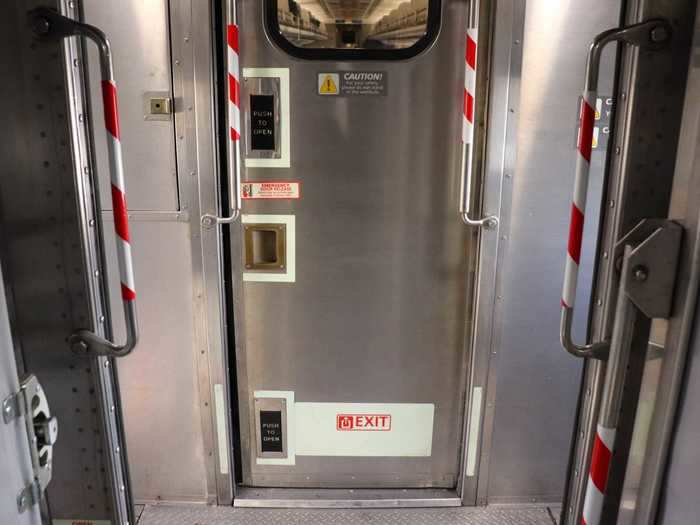
In the cafe car, the dining area was closed for all riders as part of pandemic-related safety precautions.
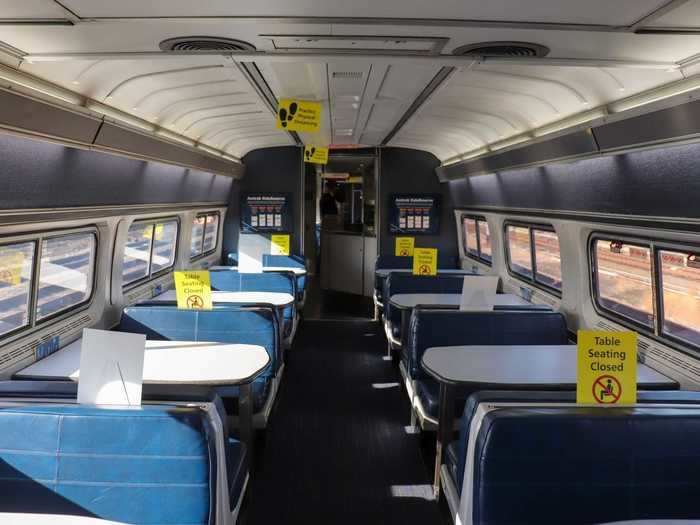
But the cafe was open, though outfitted with some new safety measures including a plexiglass partition and social distancing placards on the floor.
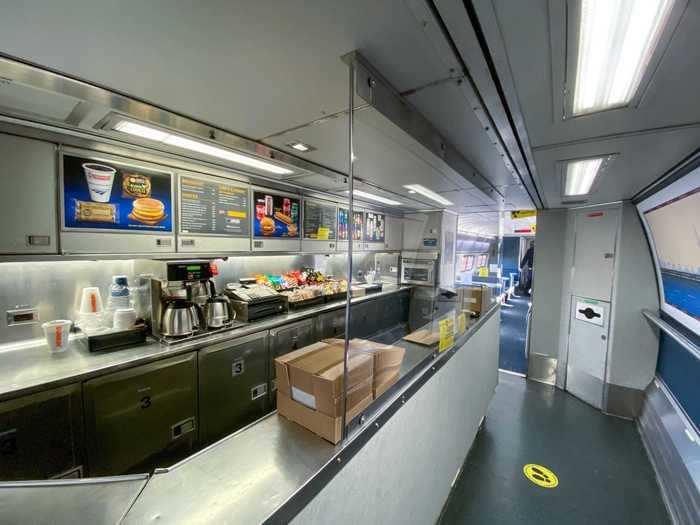
And even the lavatory was clean, a surprise for any mode of public transportation.
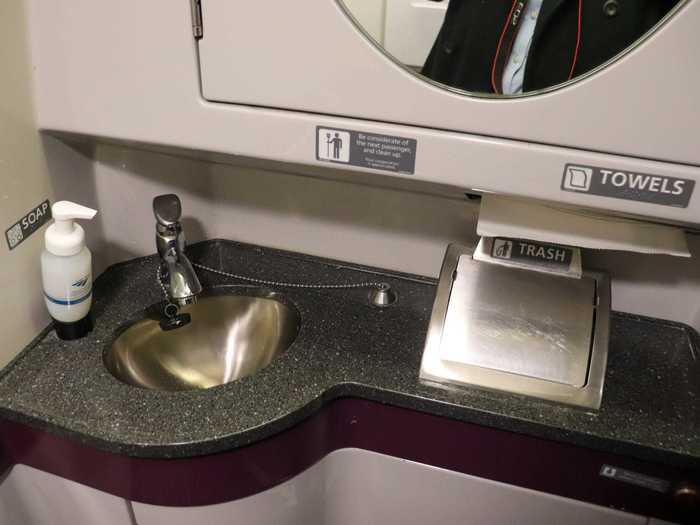
After saying goodbye to the Northeast Regional, I then flew to Boston to meet up with the Acela.
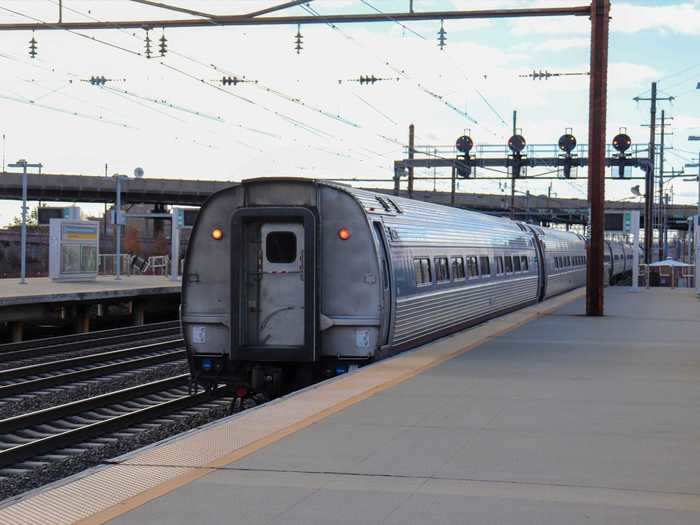
In Boston, trains depart from Amtrak's terminus at South Station, a truly grand station in the heart of the city.
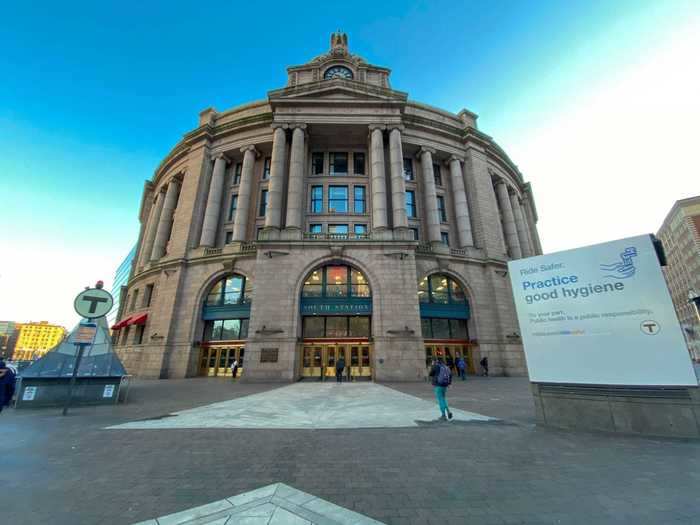
This time, I'd be riding on Acela, Amtrak's high-speed rail that only serves the Northeast Corridor.
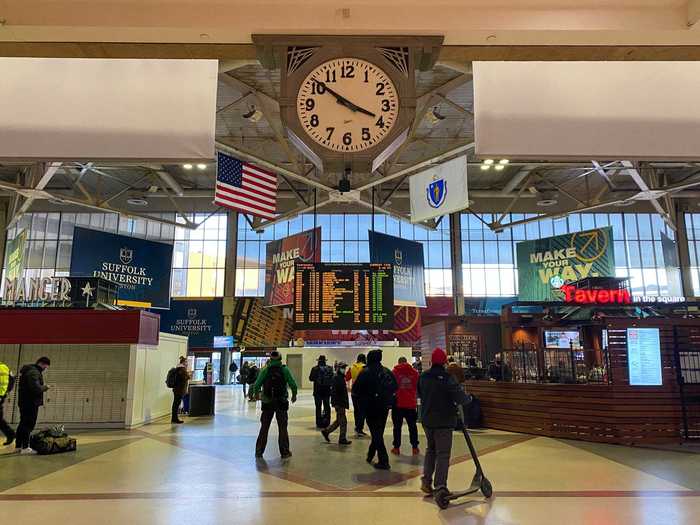
Amtrak's ticket counters had been upgraded with new plexiglass partitions...
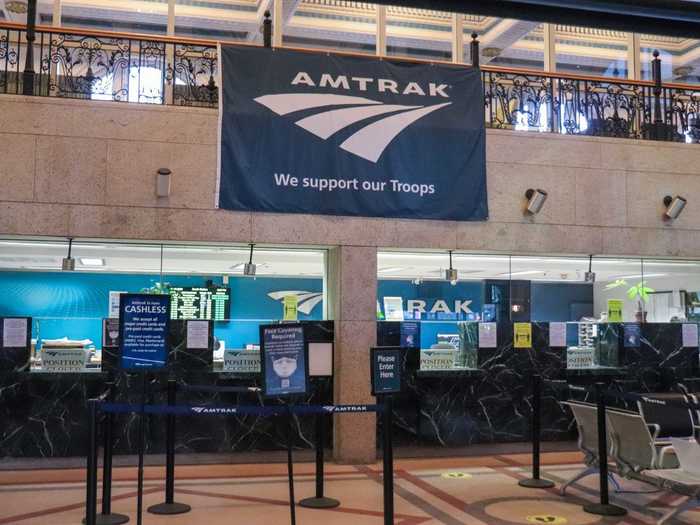
But I once again visited the self-serve kiosks for my ticket.
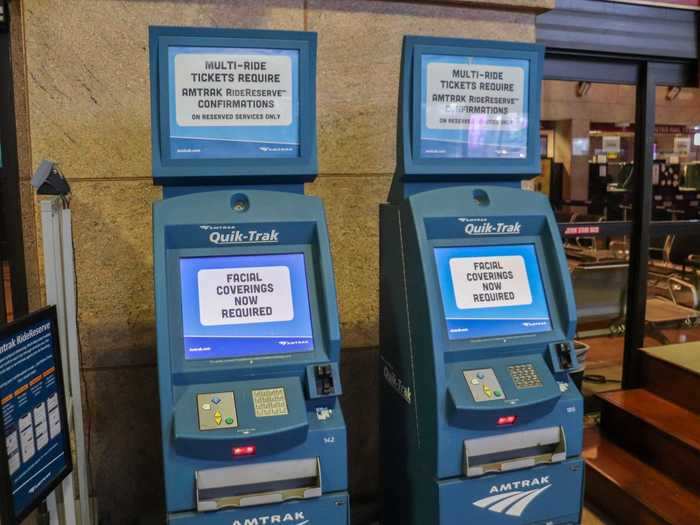
We boarded at 4 p.m. for the 4:15 p.m. Acela to New York. The high-speed service made only four stops with a scheduled travel time of three hours and 45 minutes.
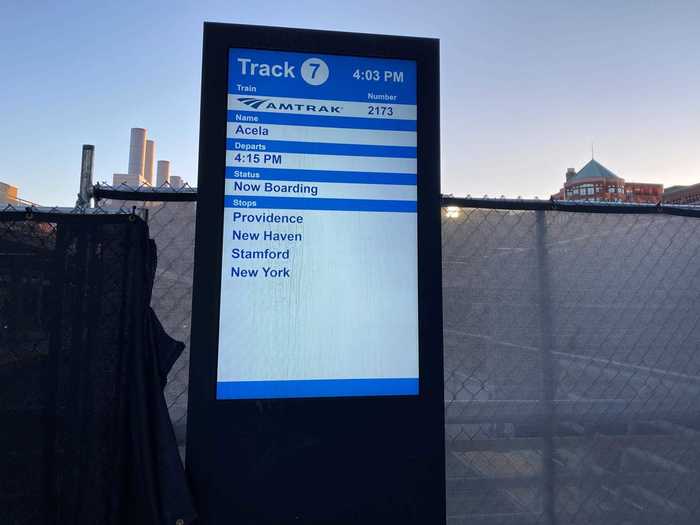
It was my first time on the Acela and although the service is celebrating its 20th birthday this year, the trains still seemed new to me, but only to me.
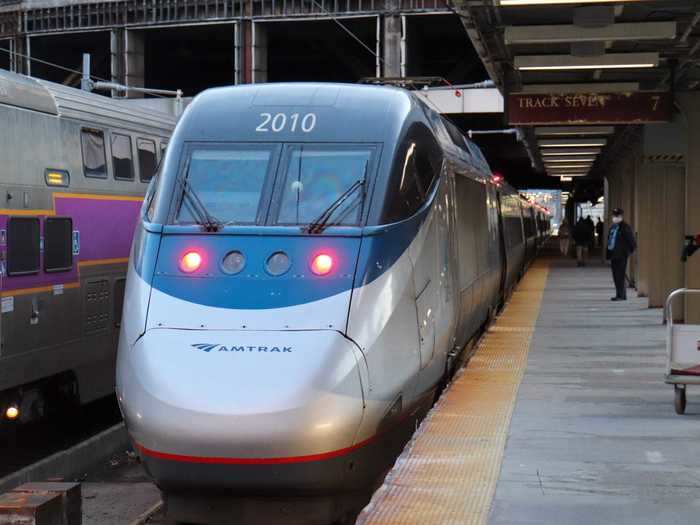
These trains will eventually be upgraded to newer, faster trains in 2021.
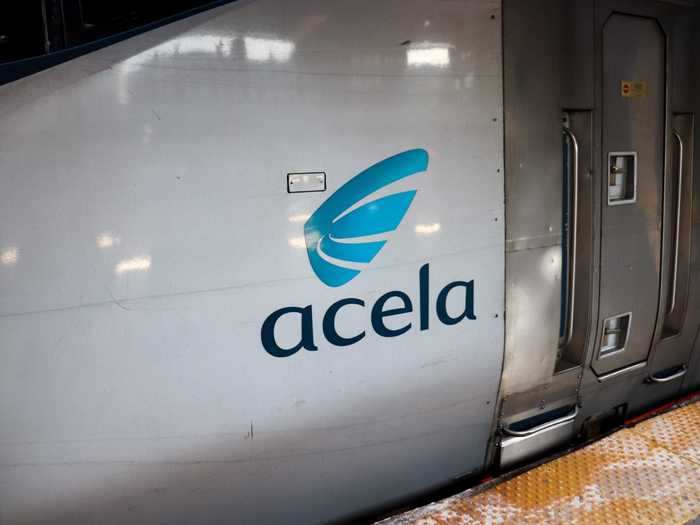
Unlike the Northeast Regional, all seats are now assigned on the Acela as a result of the pandemic so I didn't have to worry about finding the right seat.
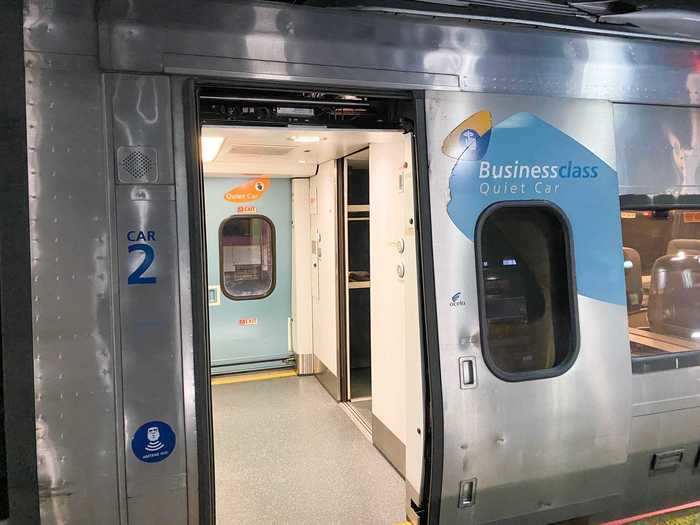
The train was noticeably older and tired-looking. But thankfully, it was a lot emptier than the Northeast Regional train I took earlier with Amtrak also showing this service as 20% full the night before the journey.
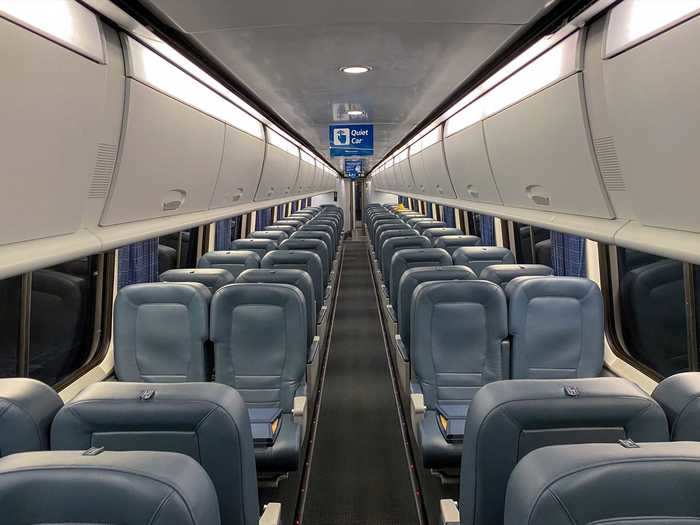
Seats on the Acela trains are split between pairs and tables.
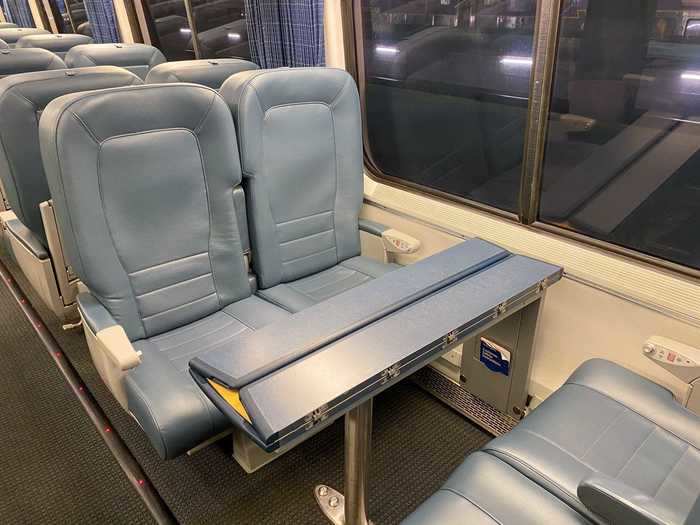
I chose a window seat for the journey. It was clean and ready for me to enjoy for the next four hours.
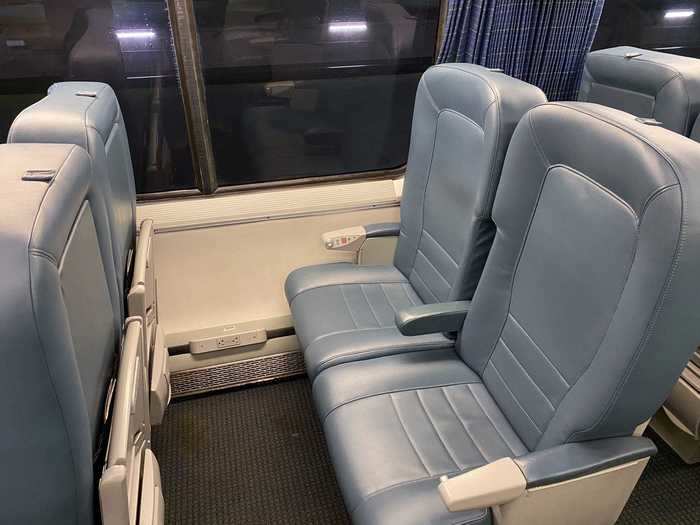
The seat had a similar size to the Regional and the legroom was similarly generous.
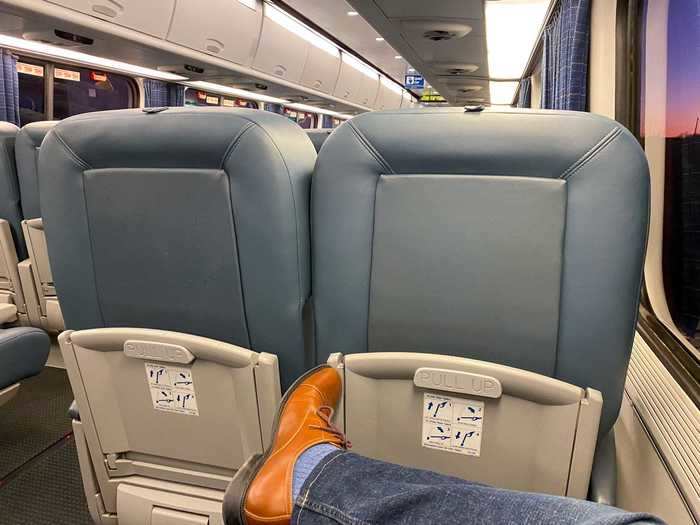
Seats also come with a tray table, the functionality of which was quite interesting but the surface was clean, nonetheless.
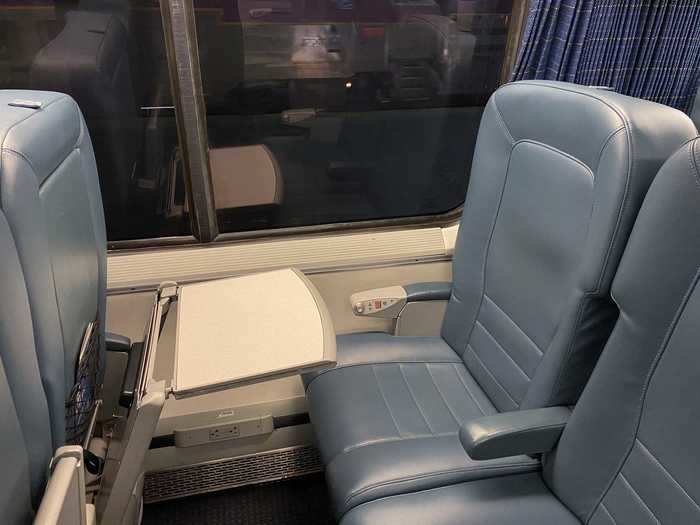
Above the seats were personal reading lights, much like on a plane, but no air vent.
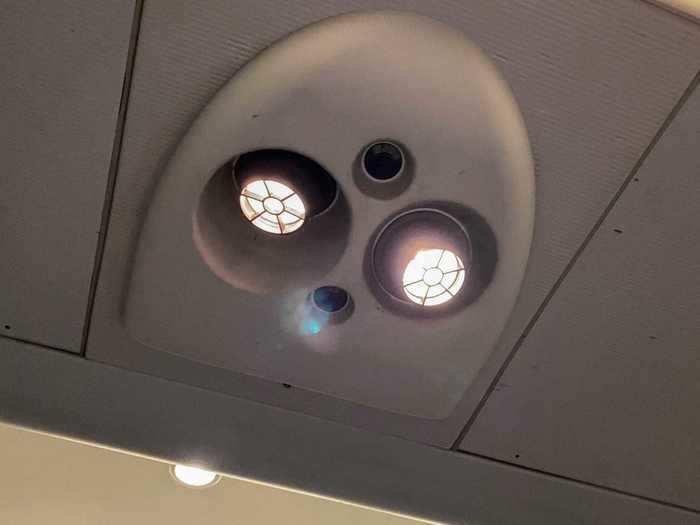
And on the floor, there are two 120v AC power outlets.
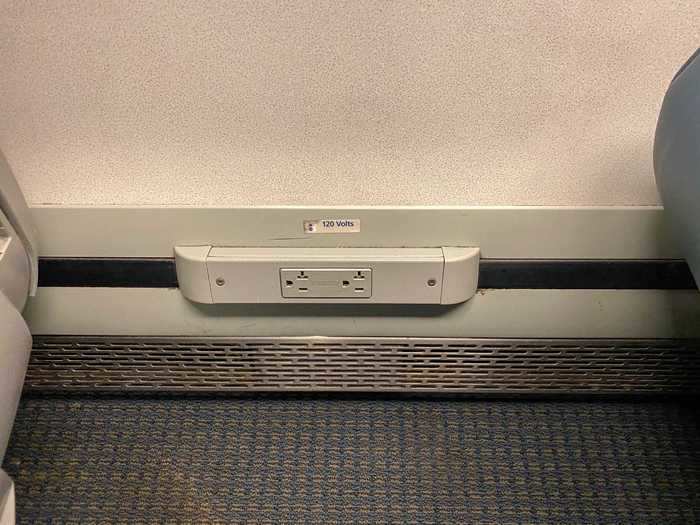
As this was going to be a long ride, I quickly reclined and got comfortable.
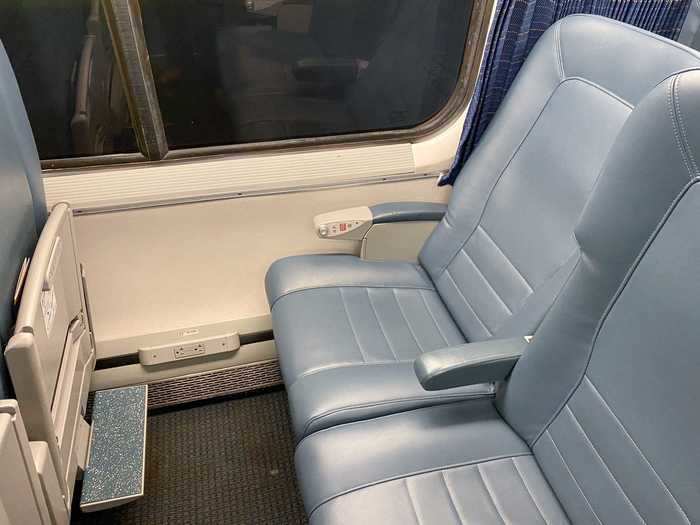
I was lucky as there was nobody around me for rows in each direction on this Wednesday evening run from Boston to New York.
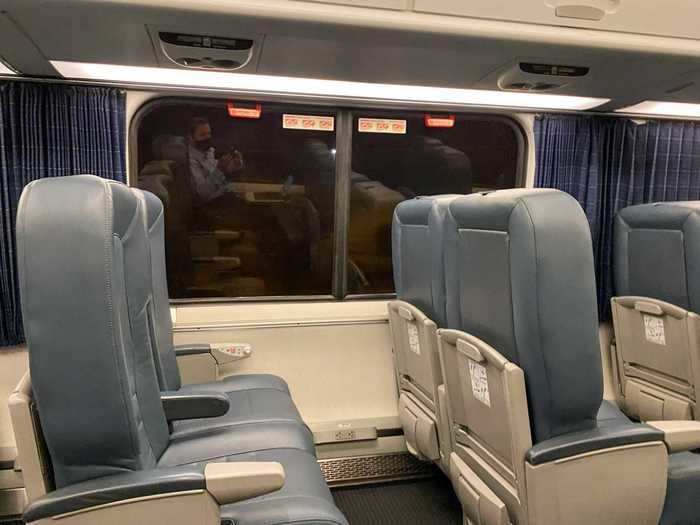
I must've been one of less than five people in the car.
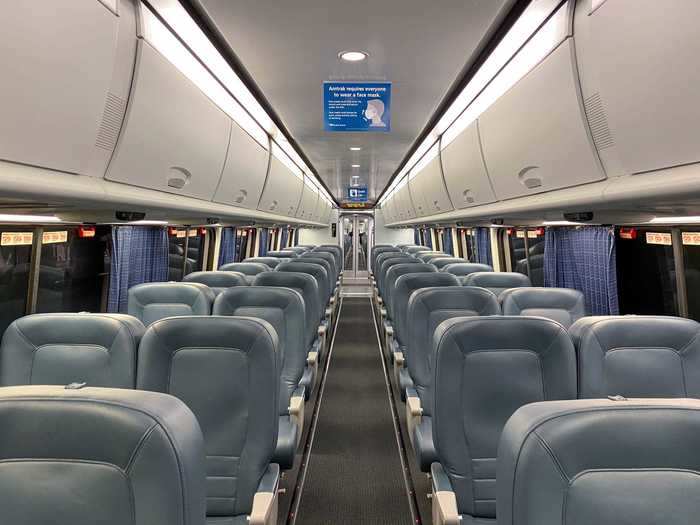
I recommend the quiet car as it was the most empty and made for a tranquil environment in which to relax.
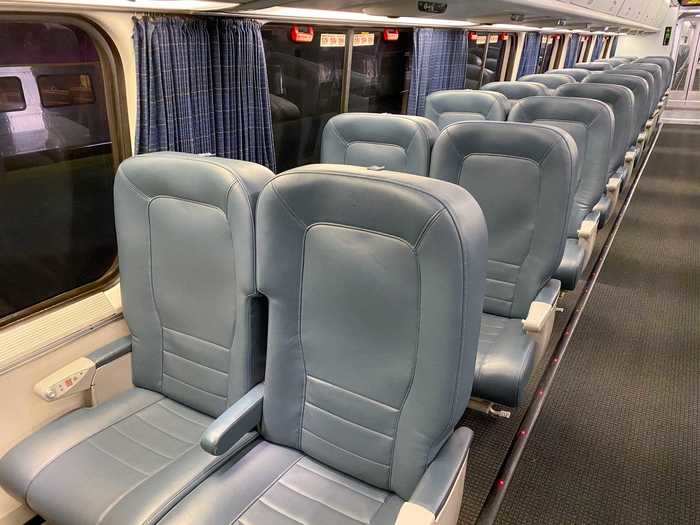
Other cars were more full up and seats can be changed via the Amtrak mobile app or website up until departure for the most accurate depiction of each car.
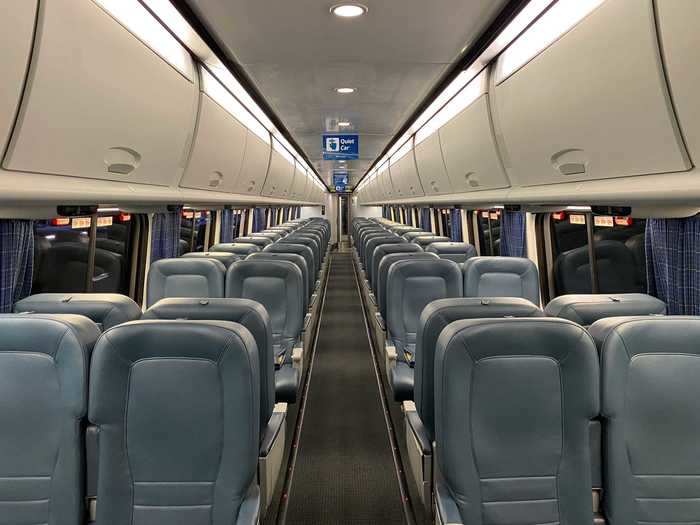
As we settled in for the longer stretches of the journey, Acela staff turned down the lights so we could get some rest.
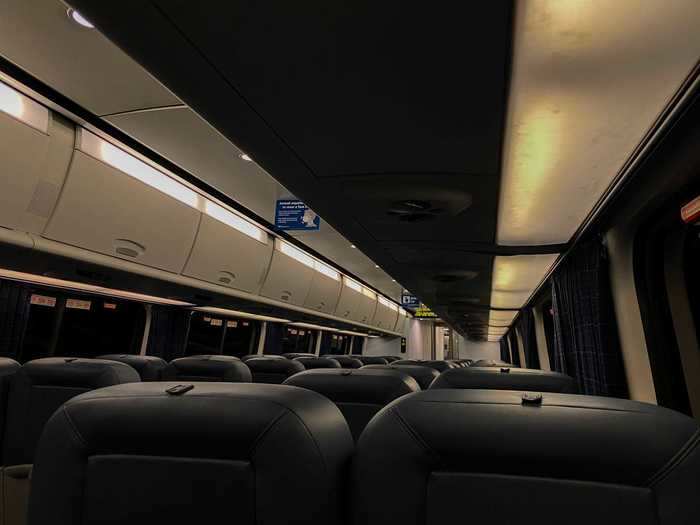
Almost as if they read my mind, it was exactly what I needed to get comfortable and eventually drift off between Providence, Rhode Island and New Haven, Connecticut.
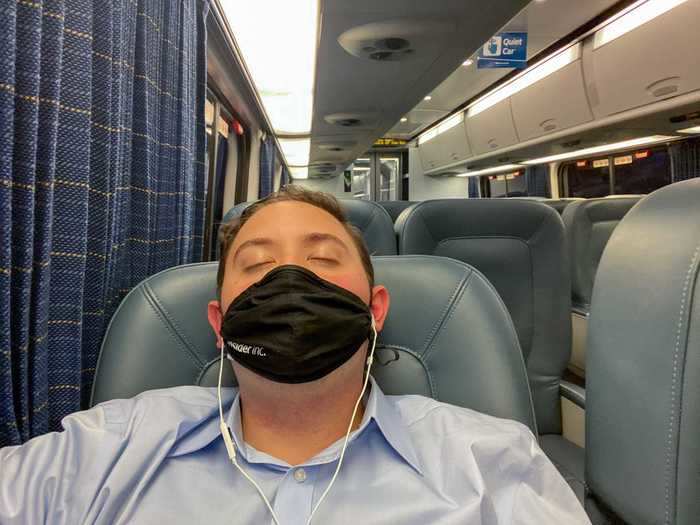
When I woke, I went to tour the rest of the train, starting with the lavatory. Just like on the regional, the lavatory was clean but this one, however, was more spacious.
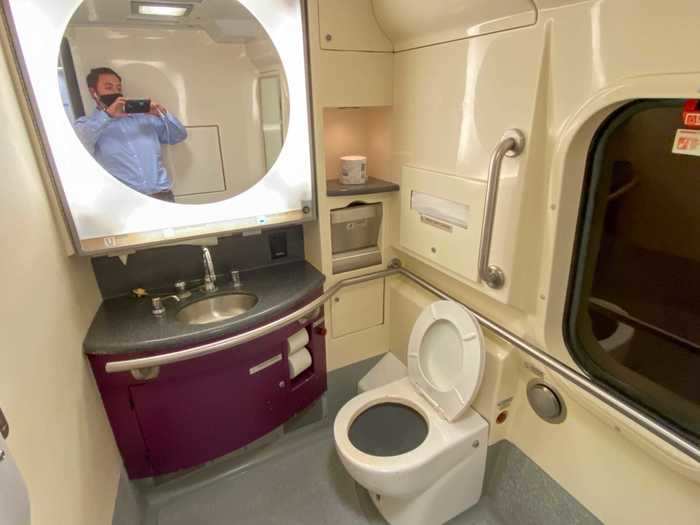
Acela has these personal water cup dispensers, which was a nice touch as I was very thirsty after stepping onboard.
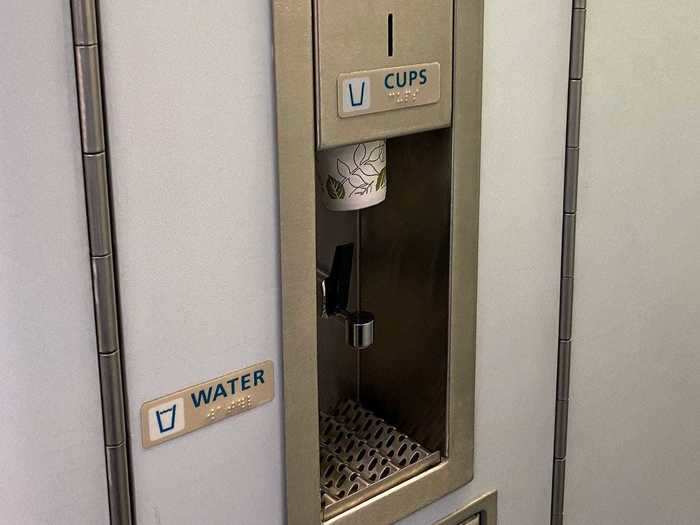
Eventually, I stumped upon the "Cafe Acela."
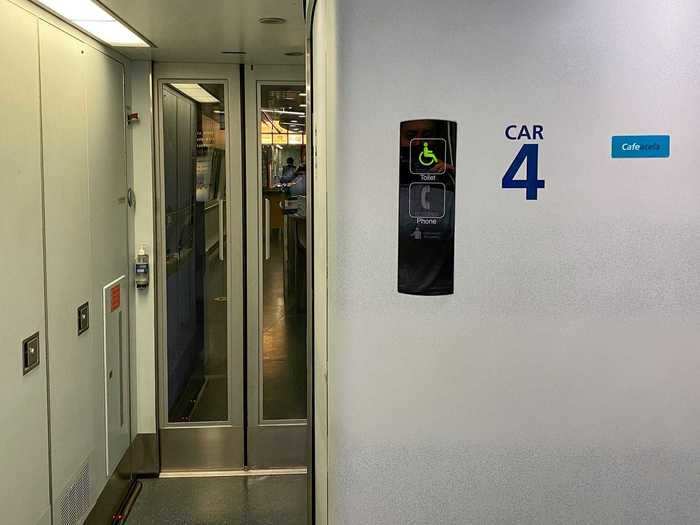
A hand sanitizer dispenser and social distancing placards guided me into the empty cafe car.
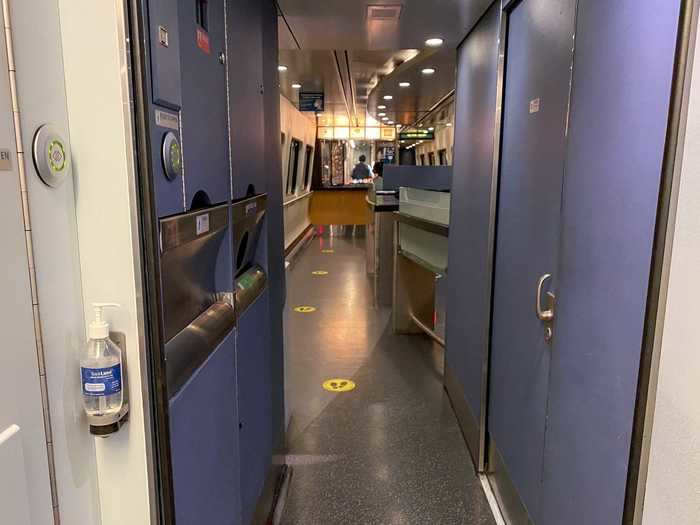
Just like on the Regional, the seating area in this car was closed and riders weren't allowed to linger here.
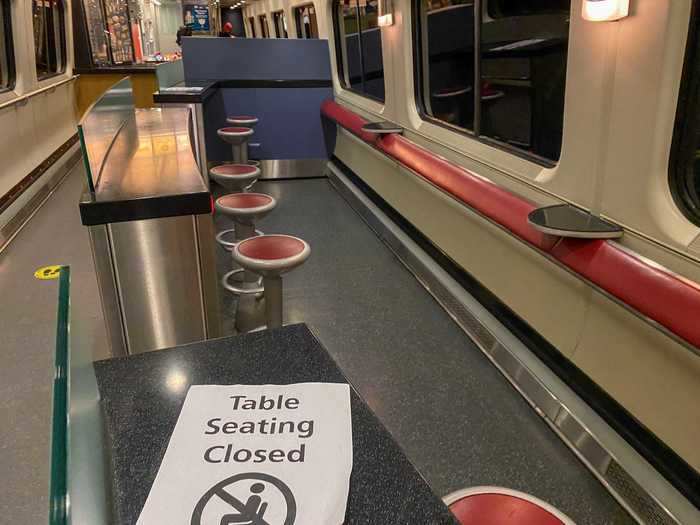
The slightly more stylish space didn't seem ideal to hang out in, however, as the bar stools didn't seem as comfortable as the Regional's cushioned cafe car bench seats.
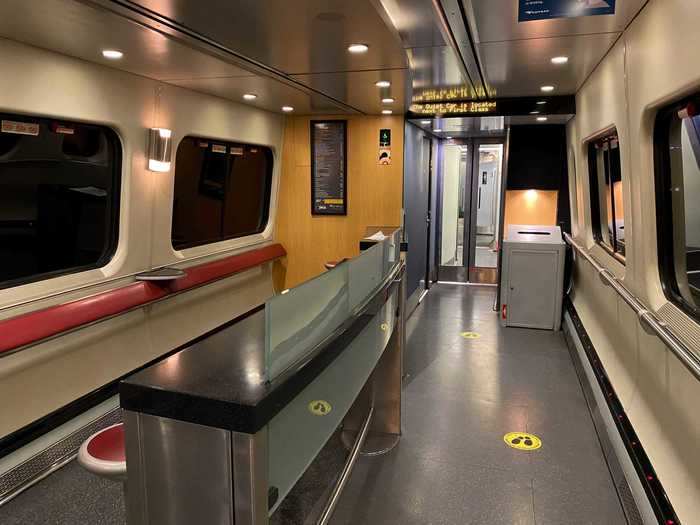
But the cafe was open with a full menu.
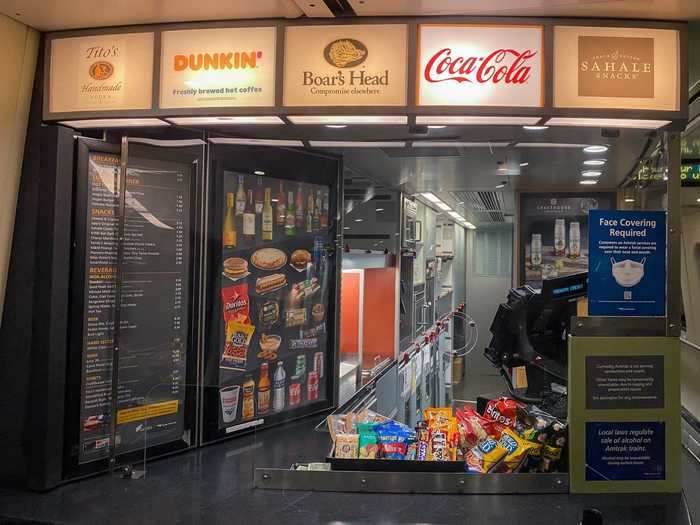
Food items were reasonably priced for a premium train service and Amtrak could probably charge more considering the normal high-end clientele. A cheese and cracker tray was $5.75, a cheeseburger was $7.50, and coke products were $2.75.
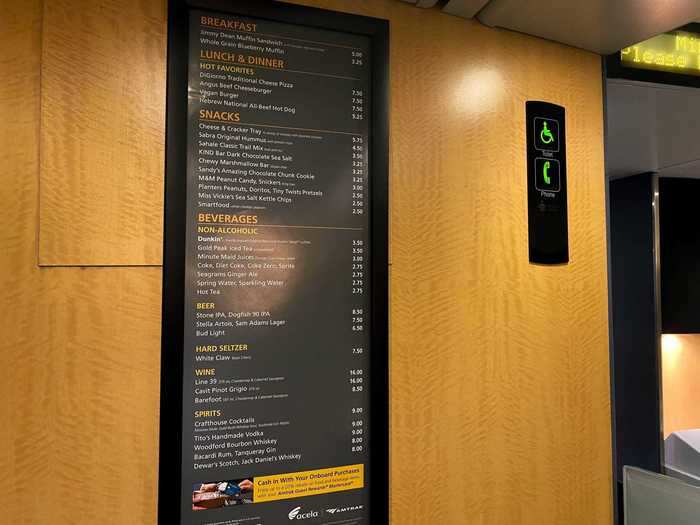
I returned to my seat for the last hour of the journey for a Zoom meeting, in which Amtrak's free WiFi performed most excellently.
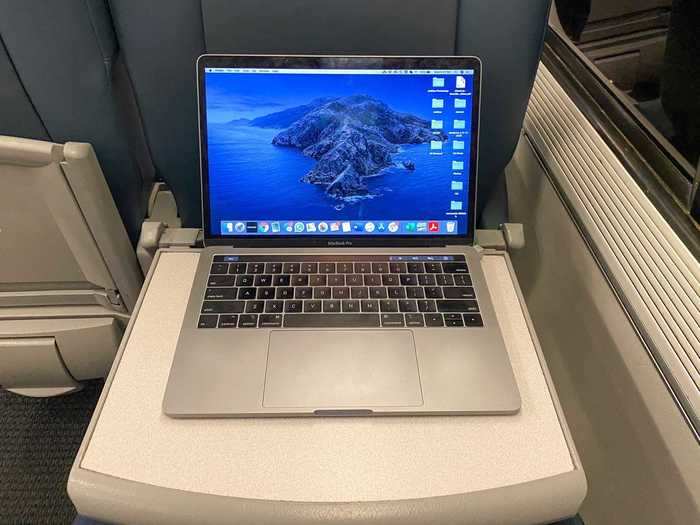
We ended up arriving in New York around 10 minutes ahead of schedule.
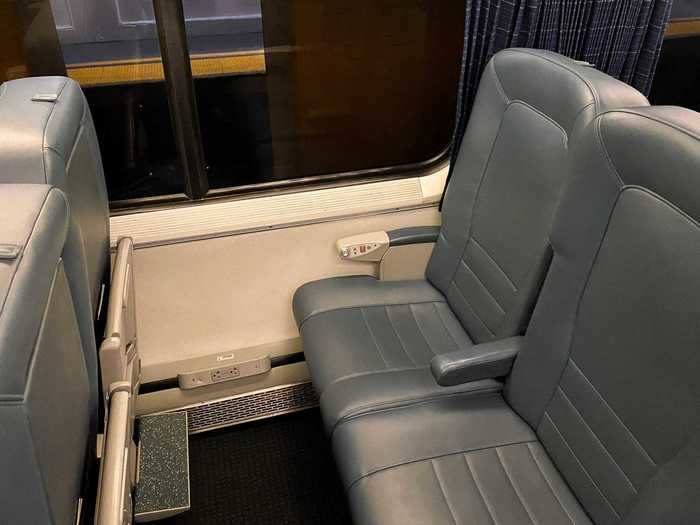
This would be the last stop for the train as it wouldn't, in fact, continue on to Washington.
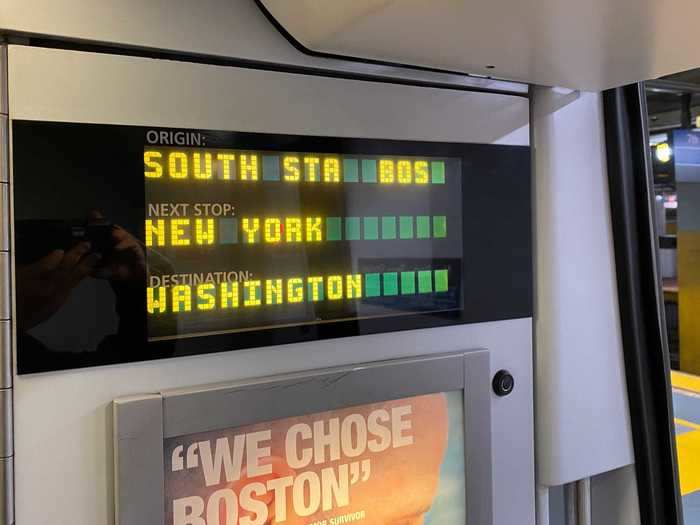
And just a few minutes later, I was in the heart of New York City once more.
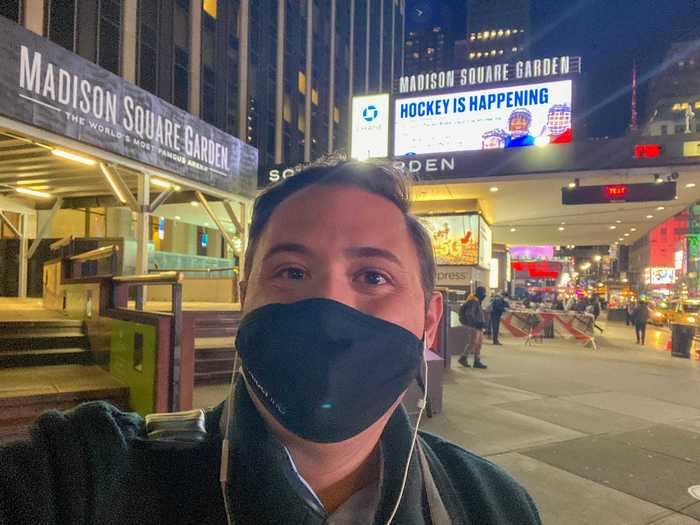
Both of my train trips were highly enjoyable, to say the least, and showed how Amtrak is a hidden gem for regional travel during the pandemic. I didn't once have to worry about social distancing or the cleanliness of the cars while onboard.
The key advantage Amtrak has over the airlines, even on a short trip to Boston, is that traveling by train is often a more stress-free experience than flying when everything is going right. Case in point, I didn't have to arrive two hours before my train, go through a security checkpoint, or line up in a jetway to board.
On the Northeast Regional, I arrived just a few minutes before my train was to depart and didn't have to wait in line at all. On the Acela, reserving a seat ahead of time also allowed me to sit as far away from others as I could without having to worry about finding the perfect seat upon stepping aboard.
Train travel, unfortunately, isn't fast or luxurious but that might change come January. Amtrak will soon have an ally in the White House to help fund much-needed improvements and infrastructure projects that will make the railroad company more competitive with the airlines.
Despite the system's greater shortcomings, however, Amtrak is a great option for regional travel thanks to its new health and safety protocols. And I'll certainly be looking forward to my next train trip.
READ MORE ARTICLES ON
Popular Right Now
Popular Keywords
Advertisement